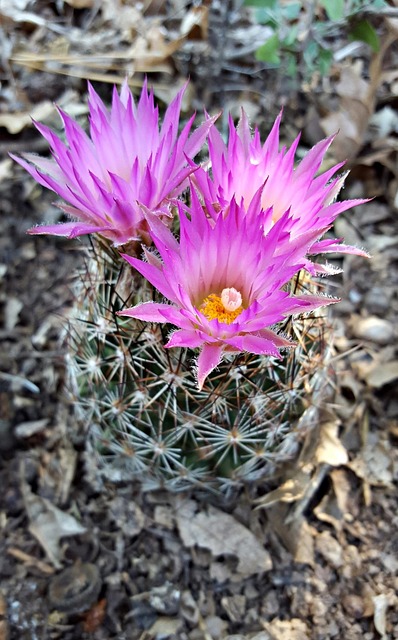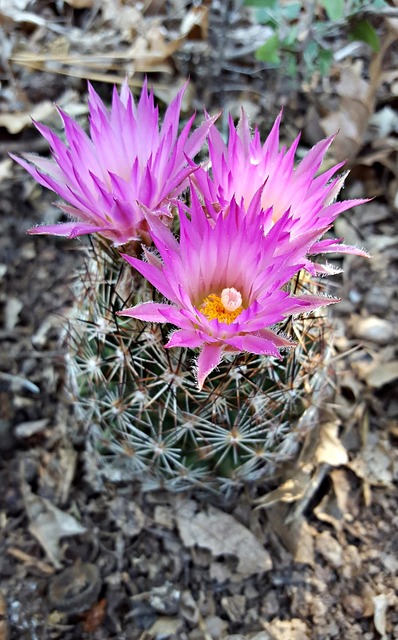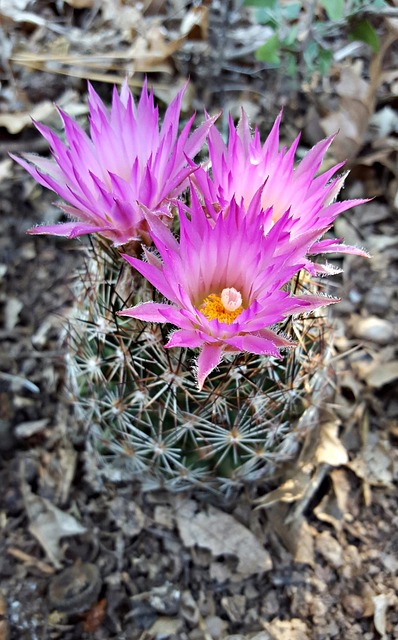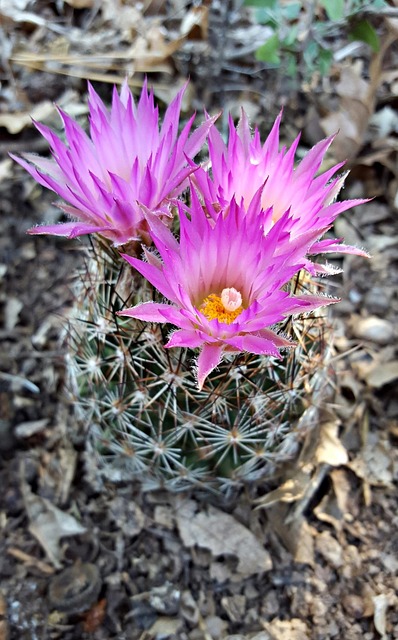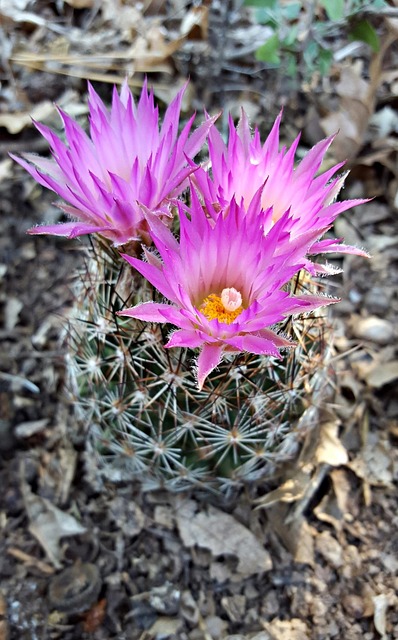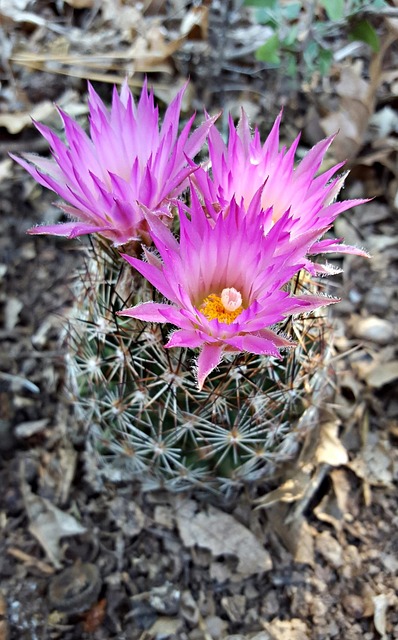Once booming with industrial activity, this former mining town saw its fortunes wane as mining declined, leaving a legacy of vacant historic buildings. However, it has since undergone a remarkable metamorphosis into a vibrant cultural center, with once-abandoned structures now housing galleries, studios, and events, attracting creatives from near and far. This transformation presents unique real estate opportunities: developers can repurpose old mines and industrial spaces into studio apartments, gallery exhibits, and event venues, blending historical architecture with modern amenities. Real estate professionals play a key role in this process, driving sustainable growth by fostering collaborations between artists, developers, and residents, thus preserving local history while cultivating a thriving arts scene.
Once a bustling mining hub, this historic town is now an artsy haven, undergoing a remarkable transformation. This article explores its journey from a bygone industrial era to a vibrant cultural center. We delve into the real estate market’s role in revitalization, where unique spaces attract artists and investors alike. Through successful arts and culture strategies, the town has reclaimed its identity, becoming a destination that seamlessly blends history with modern creativity, all while highlighting the lucrative opportunities in local real estate.
The Evolution of a Historic Mining Town

In its heyday, this once-bustling mining town was known for its gritty landscapes and the hustle and bustle of extractive industries. The area’s rich history in real estate development reflected the booming economy fueled by mineral resources. However, as time passed, the decline of the mining sector left an indelible mark on the town. Many historic buildings stood vacant, becoming remnants of a once-vibrant community.
Today, this former mining hub has undergone a remarkable metamorphosis. The shift from industrial to artsy has been nothing short of revolutionary. Once-abandoned structures have found new life as galleries and studios, attracting creative folks from near and far. This transformation not only revitalizes the area’s real estate but also fosters a unique cultural tapestry that sets it apart from other towns in the region.
Unlocking the Potential: A Real Estate Perspective
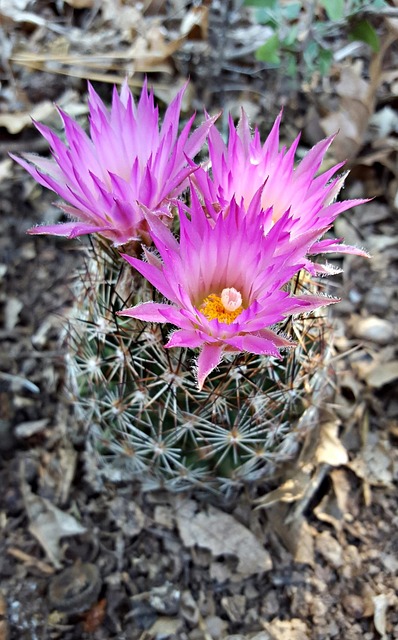
In many ways, a historic mining town’s transformation into an artsy haven presents a unique real estate opportunity. The empty mines and forgotten industrial spaces can be reimagined as studio apartments, gallery exhibits, or event venues, breathing new life into these once-thriving areas. Real Estate professionals play a pivotal role in this metamorphosis, curating properties that cater to the creative minds who make such places their home.
By understanding the needs of artists and cultural entrepreneurs, real estate agents can guide developers in adaptive reuse projects. This involves carefully considering how to preserve historical architecture while incorporating modern amenities, thereby attracting both local talent and international artists. The potential for economic revitalization is immense, as these once-neglected sites become magnets for creative energy, fostering a vibrant community that values art and history alike.
Arts and Culture Revitalization Strategies
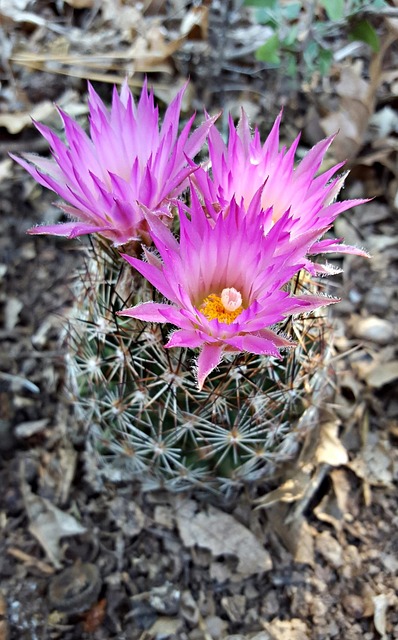
In revitalizing a historic mining town, arts and culture play a pivotal role in economic growth and community engagement. One effective strategy is to leverage local history by preserving and showcasing old structures, transforming them into galleries, museums, or cultural centers. This not only attracts tourists but also fosters a strong sense of place among residents. Integrating art installations within these historic sites can breathe new life into the area, creating a unique blend of past and present.
Real Estate is another key aspect to consider. Revitalization efforts should focus on repurposing vacant or underutilized buildings—old warehouses, factories, or mining sheds—into artistic spaces, lofts for artists, or cultural hubs. This strategy not only enhances the town’s visual appeal but also stimulates local investment and fosters a thriving arts scene. Collaborative initiatives involving artists, developers, and the community can drive sustainable growth, ensuring that the town’s rich history and cultural offerings remain vibrant for years to come.
